Sci-Fi, Supernatural, UFO
Reasons To Believe in UFOs
The Government Believes Enough to Spend Billions of Dollars
The Vastness of Space
Life Can Take Many Forms
Reasons to Believe
When the debate about UFO’s, Aliens, and life on other planets is brought up, there are always a plethora of views on the subject, with some people getting very heated in the discussion. The subject of Aliens is almost as controversial as people talking about their politics or religion. It’s always very interesting to see why people cling so dearly to their belief, a belief that cannot be shaken no matter how much evidence is shown one way or the other. Follow along with me in this blog where I detail compelling reasons why I think everyone should believe in the existence of life on other planets.
The Government Believes Enough to Spend Billions of Dollars
One of the first arguments as to whether something is true or false is what the government thinks about the subject. While not always right, if the government continues to fund something, rest assured, someone in the government believes it is real. To that effect, look at how much money the government has spent investigating the Alien phenomena and trying to discover life on other planets.
Starting in 1947 with Project Sign, then in 1949 with Project Grudge, and culminating in 1952 with Project Blue Book, the United States Government has had countless officials pouring over documents and interviewing witnesses in the study of unidentified flying objects. Members of the Air Force and the F.B.I. have interviewed witnesses and gone to alleged landing sites to gather information. Much of this information in public, although many names and locations have been redacted to protect identity and preserve privacy.
It hasn’t just been the United States government investigating though. The United Kingdom had Project Condign and the Flying Saucer Working Party in the 1950’s. The Soviet Union had the secretive Institute 22. Canada had Project Magnet. Many other governments throughout the world have their own investigations into aerial phenomena and take any incursion into their airspace seriously.
Beyond just investigating the unexplained sightings on earth, the governments of the world have spent massive amounts of money actively searching for life on other planets. All of the robotic technology NASA has sent to Mars has searched for remains or clues of life on the red planet. Searching for bacteria or other microscopic clues to the existence of something off our planet. Telescopes pointing at other solar systems scan space, looking for any clue, a radio wave, an energy system, anything, that could indicate it was built by intelligent life.
The Search for Extra Terrestrial Intelligence, the S.E.T.I. Institute, a nonprofit scientific research institute has partnerships with government agencies and receives sponsorships from major corporations. All these people and agencies actively searching for something else out there is a major clue that they believe so strongly that something can be found that they keep spending money on the projects.
The Vastness of Space
This argument boarders more on the philosophical more than science, but theoretically, space is endless. With all that space out there, with such a vast number of stars and planets, then, it becomes increasingly likely that other planets out there are inhabited.
In 1961, Dr. Frank Drake postulated the Drake Equation, a probabilistic argument used to estimate the number of active extraterrestrial civilizations in the Milky Way Galaxy. The Drake Equation factored in things like that average rate of star formations in our galaxy, the fraction of stars that have planets, number of habitable planets, the fraction of planets that could develop life, and a number of other factors. While skeptics will quickly point out that there is a wide range of results due to the subjectivity of the numbers plugged into the equation, the scientists who’ve worked with the Drake Equation put the final number between 1,000 and 100,000,000 civilizations in the Milky Way Galaxy.
Those numbers are just for our own galaxy. The equation doesn’t take into account if these civilizations have already risen and fell, or if they are still ongoing. Many of them may have already gone extinct in the course of time. They could have surpassed our technologies millions of years ago and have since disappeared. Many of these civilizations may be in the beginning stages of their growth. They might only have primitive technology.
Those numbers just consider the Milky Way Galaxy. Current Hubble Telescope technology estimates there are over 100 billion galaxies in the universe and that number is expected to increase to about 200 billion as telescope technology improves. Even if only half of those galaxy contained only one civilization that would still equal a massive number of planets with life on them.
Life Can Take Many Forms
When most people think of life on other planets they look towards a few different forms of life. Either something that looks similar to humans or the classic ‘gray’ alien of the small body, big head, and almond shaped eyes. Along with those forms, reptilian and other animal forms are thought to exist in outer space. The common thread with these is the carbon based, oxygen breathing, and water consuming lifeforms.
However, science has discovered a classification of life on this planet known as ‘extremophiles.’ The extremophiles are organisms that thrives in physically or geochemically extreme conditions. Conditions that would be detrimental to most other life on Earth.
Extremophiles have been found all over the planet. From macrobacteria in hydrothermal vents to bacteria found living in a lake buried half a mile deep in Antarctica. From volcanos to Marianas Trench. According to microbiologist scientists, bacteria can be found everywhere, in every condition. Radio trophic fungi were even discovered in 1991 growing inside the sarcophagus of the Chernobyl Nuclear Power Plant.
In studies aboard the International Space Station, scientists have reported that microbes adapt to the space environment in ways not observed on Earth. Studies are constantly being conducted to see the effects of various life in space.
With the variability of life to survive in extreme conditions here on Earth, it’s reasonable to assume that out in the galaxy that life could adapt and survive there as well. Under those conditions, when we do make first contact with a life form from another planet, we might be looking at something vastly different than anything we’ve ever seen before.
Keep following along in my upcoming blogs where I take a look at Alien encounters and some of the most cutting-edge research on the subject, mixed in with blogs about other unexplained phenomena that has influenced my science fiction writing. To see more of my blogs, or to buy some of my science fiction books today, head over to my website, www.leifericksonwriting.com today and see where your imagination can take you. Thank you.
Ernst Mayr on SETI”. The Planetary Society. Archived from the original
Crick, F. H. C.; Orgel, L. E. (1973). “Directed Panspermia” (PDF). Icarus.
“Chapter 3 – Philosophy: “Solving the Drake Equation”. Ask Dr. SETI. SETI League. December 2002.
Rothschild LJ, Mancinelli RL (February 2001). “Life in extreme environments”. Nature. 409 (6823): 1092–101
Science News, Dark Power: Pigment seems to put radiation to good use, Week of May 26, 2007; Vol. 171, No. 21 , p. 325 by Davide Castelvecchi
About Leif J. Erickson
Leif J. Erickson is a science fiction and fantasy author from a small farming community in west central Minnesota. Using his time wisely when he was a farmer, Leif developed many ideas, characters, and storylines to create over fifty unique first drafts and outlines for stories. From his start in a small town school, to college at North Dakota State University, back to his family farm, then to the bright lights of Minneapolis, Minnesota, and back to his small farming town, Leif has always had a love of writing.
When Leif isn’t writing he can be found with his wife hiking in state parks, canoeing local lakes and rivers, exploring local and regional ghost towns, experiencing museums, or simply reading or hanging out with friends and family. Leif draws on the local nature and ecology to find inspiration for his writing while he also asks what’s possible for technology and the human race, weaving them together for amazing stories that will stay with the reader for years to come. Leif looks forward to having many novel and story releases in the years to come.
You can see all of Leif’s Books here: Leif’s Amazon Author Page




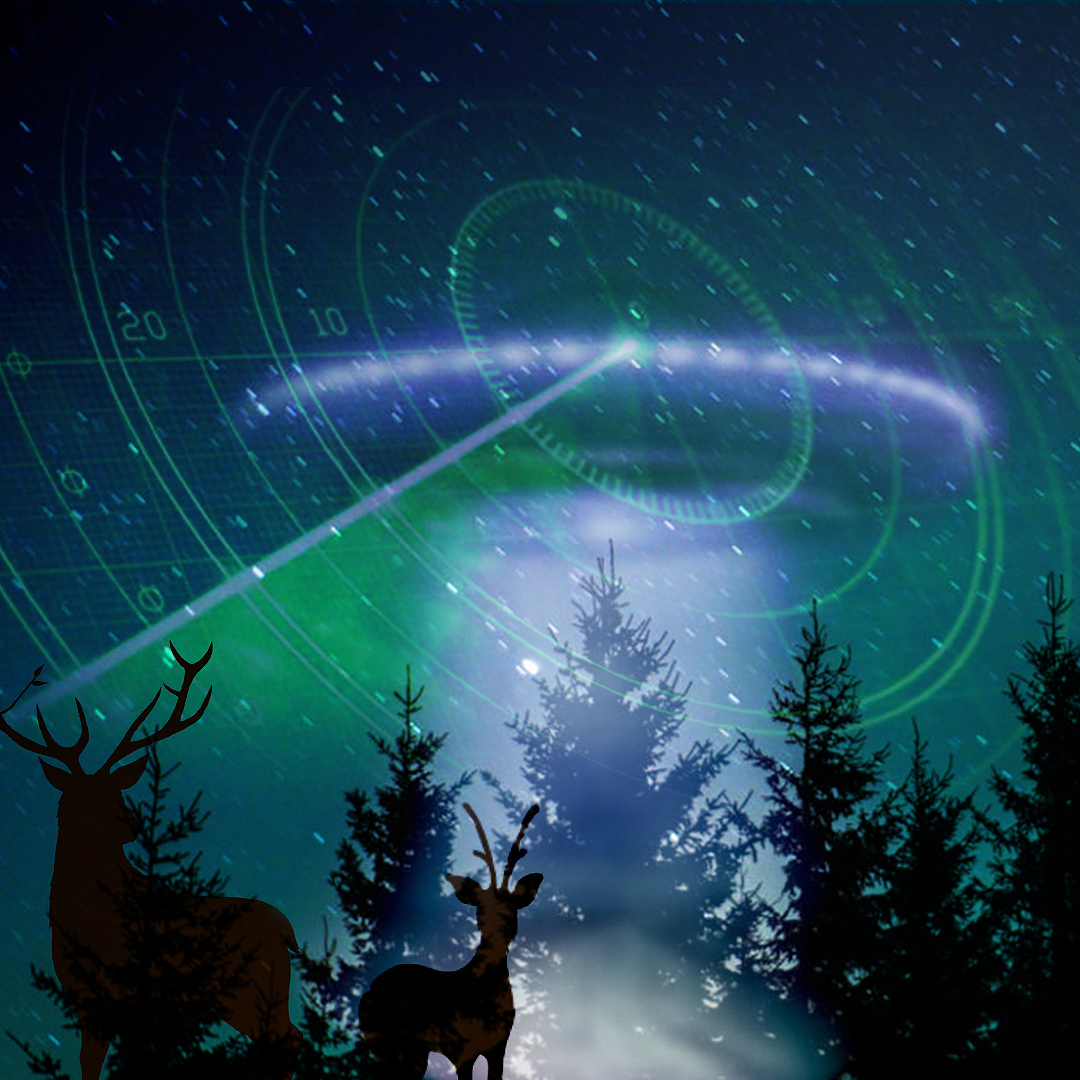
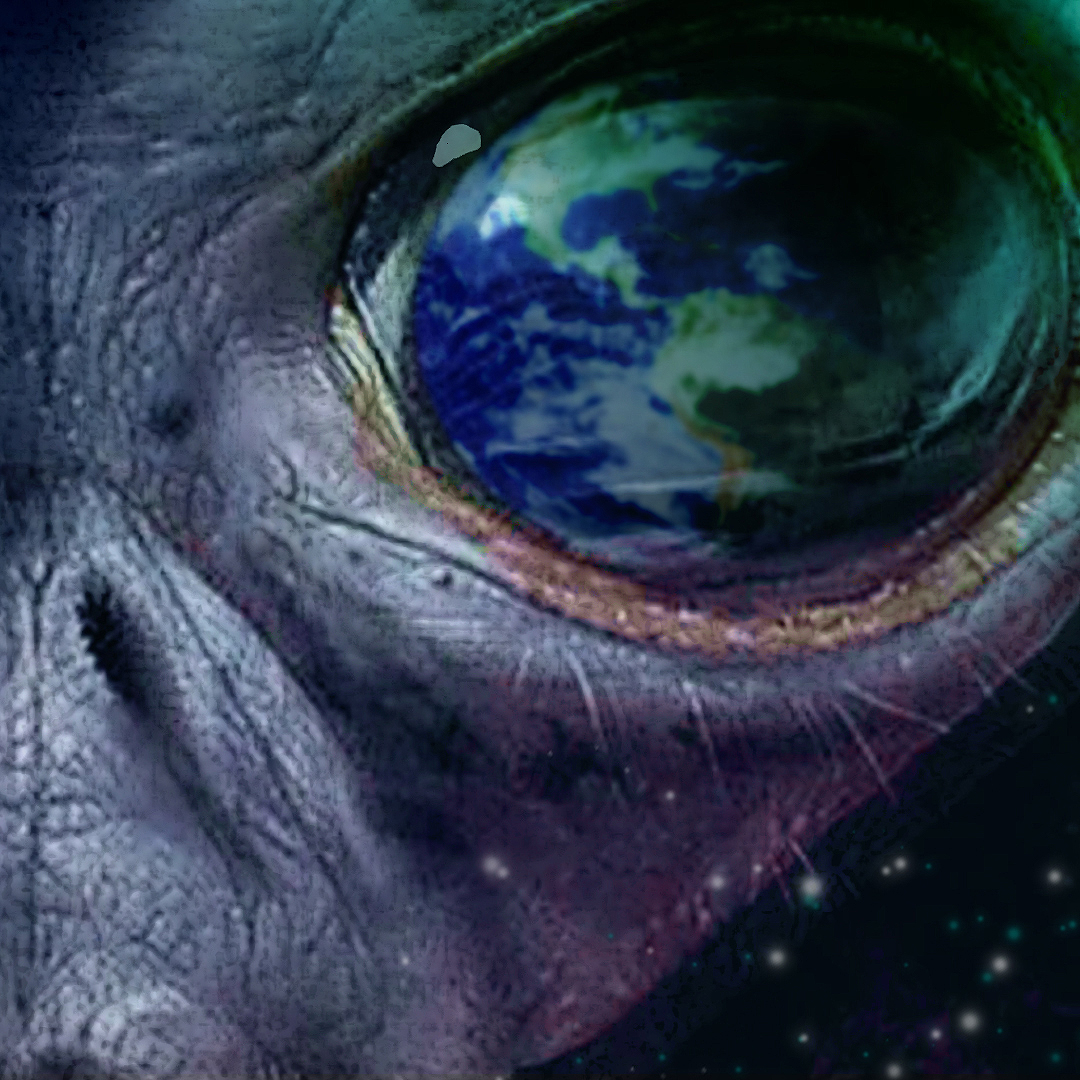





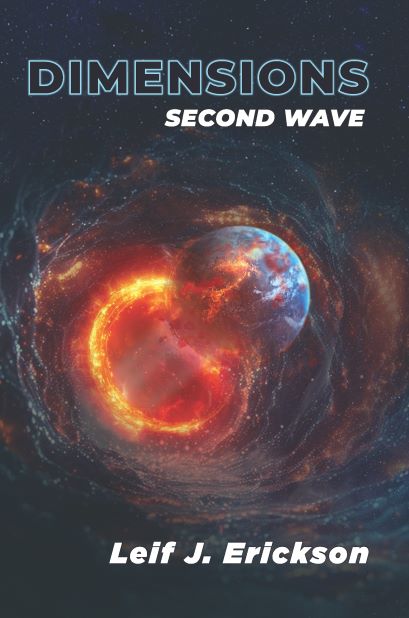
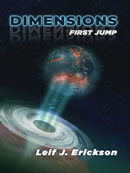
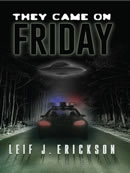


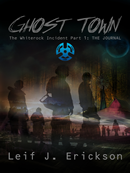
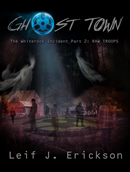

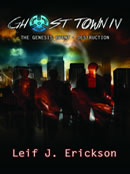








Leave a reply
You must be logged in to post a comment.